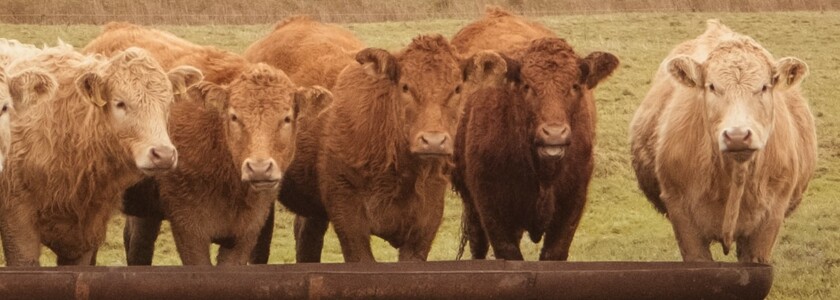

Researchers in Botswana have come up with a genius idea to protect their cattle by painting large eyes on their "back-ends"! This has helped tremendously to unsuspecting cows as it seeks to prevent attacks from predators, like lions and hyenas, who share the cows' grazing landscape. The full report is published in Nature Communication Biology. This "offers a more humane way of protecting the cattle and the livelihoods of farmers from predators than erecting divisive fences to keep out big cats or resorting to killing them," the article mentions. The cows graze in a popular area in Botswana called the Okavango Delta, where lions, leopards, spotted hyenas, cheetahs, and wild dogs also call home. This area also accounts for 80% of Botswana's agricultural earnings.
Due to Botswana's changing climate, there is a struggle with the cattle industry. Longer and harsher droughts have caused animals to die, due to lack of drinking water and grasslands. The conditions also drives predators to more desperate hunting measures, including snatching the cattle. According to a census last year by Botswana Statistics, the country’s cattle population dropped from 2.5 million in 2011 to 1.7 million in 2015!
The researches worked with local farmers in the Okavango Delta region to try out their idea. They painted eyes on the back of cows on 14 different herds that had experienced lion attacks. A third of the herd had eyes painted on their back side, another third a simple cross, and a third was left unpainted. "They found that those with extra eyes were much more likely to survive. In fact, no four-eyed cows were lost at all during the four-year study." "Surprisingly, they also found that the painted crosses seemed to act as a deterrent too, with just four of the cows with crosses killed, compared with 15 of the unpainted cows. “Cattle marked with simple crosses were significantly more likely to survive than were un-marked cattle from the same herd."